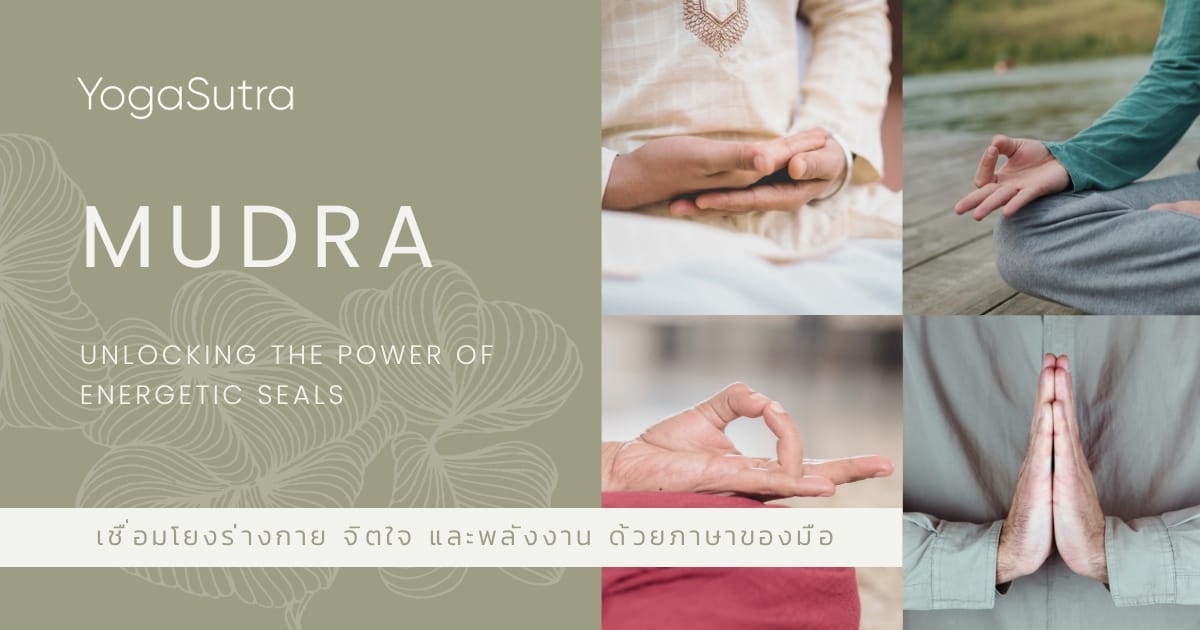In yoga, mudra means “seal”, “gesture” or “mark” in Sanskrit. These are symbolic hand and finger positions used to direct the body’s energy flow, focus the mind, and deepen meditation. Mudras have been practiced for thousands of years in yogic, Buddhist, and spiritual traditions, believed to activate specific energy pathways in the body and influence our physical, mental, and emotional states.
By combining mudras with breathwork (pranayama) and meditation, practitioners can enhance concentration, balance the subtle energy (prana), and bring harmony between body, mind, and spirit. Each mudra has its own unique purpose, from grounding and calming to energizing and awakening higher consciousness.
Popular Mudras in Yoga Practice
- Gyan Mudra (Gesture of Knowledge)
Touch the tip of the index finger to the tip of the thumb while keeping other fingers straight.
Benefits: Improves concentration, memory, and mental clarity; often used in meditation.
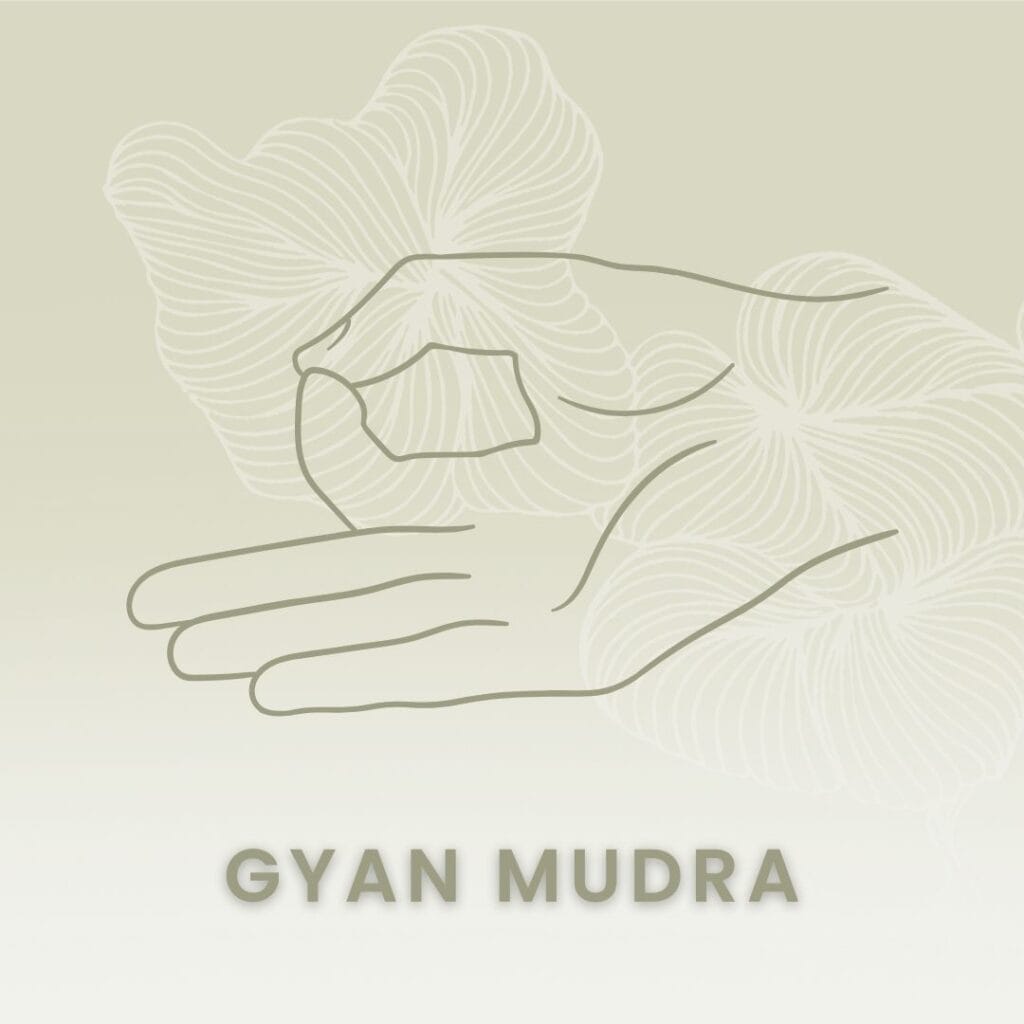
- Prana Mudra (Gesture of Life Force)
Touch the tips of the ring finger and little finger to the thumb tip.
Benefits: Boosts vitality, strengthens the immune system, and awakens energy.
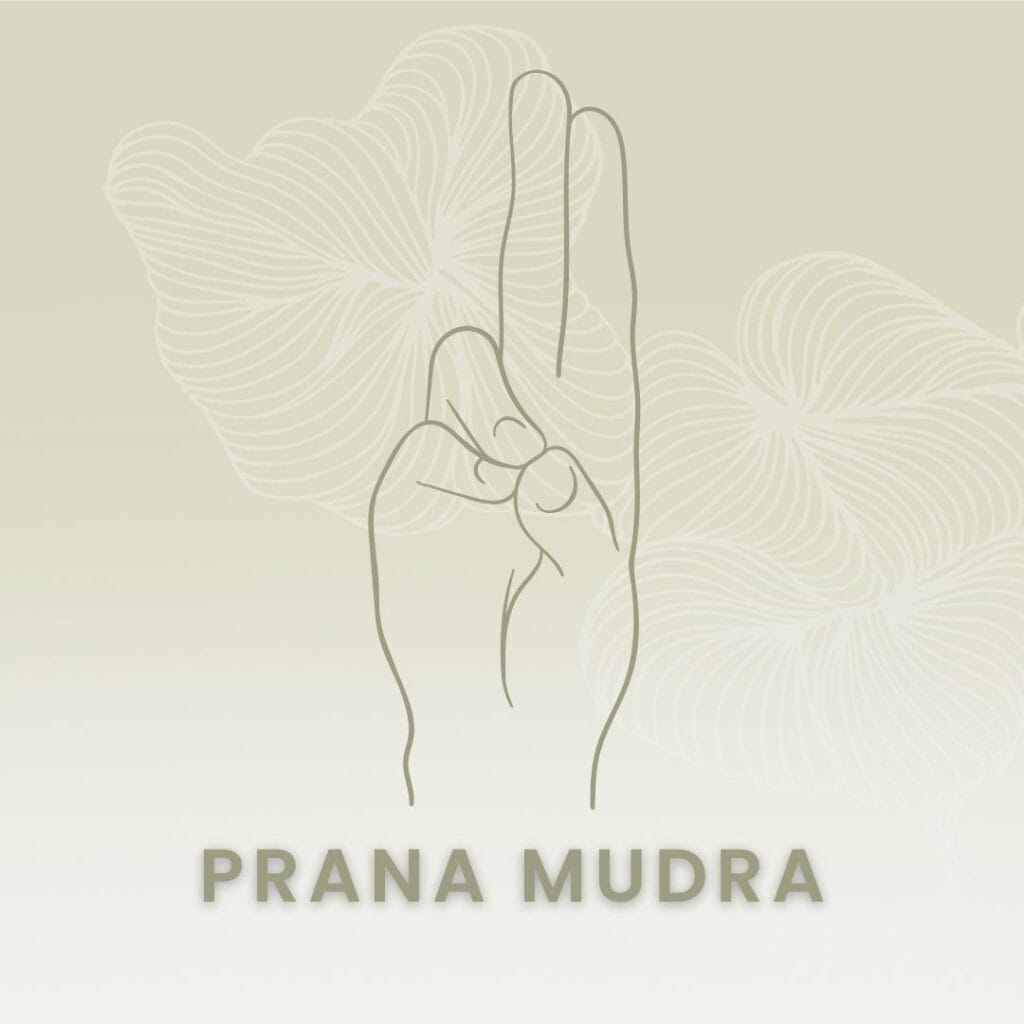
- Apana Mudra (Gesture of Elimination)
Touch the tips of the middle and ring fingers to the thumb tip.
Benefits: Detoxifies the body and supports digestion.
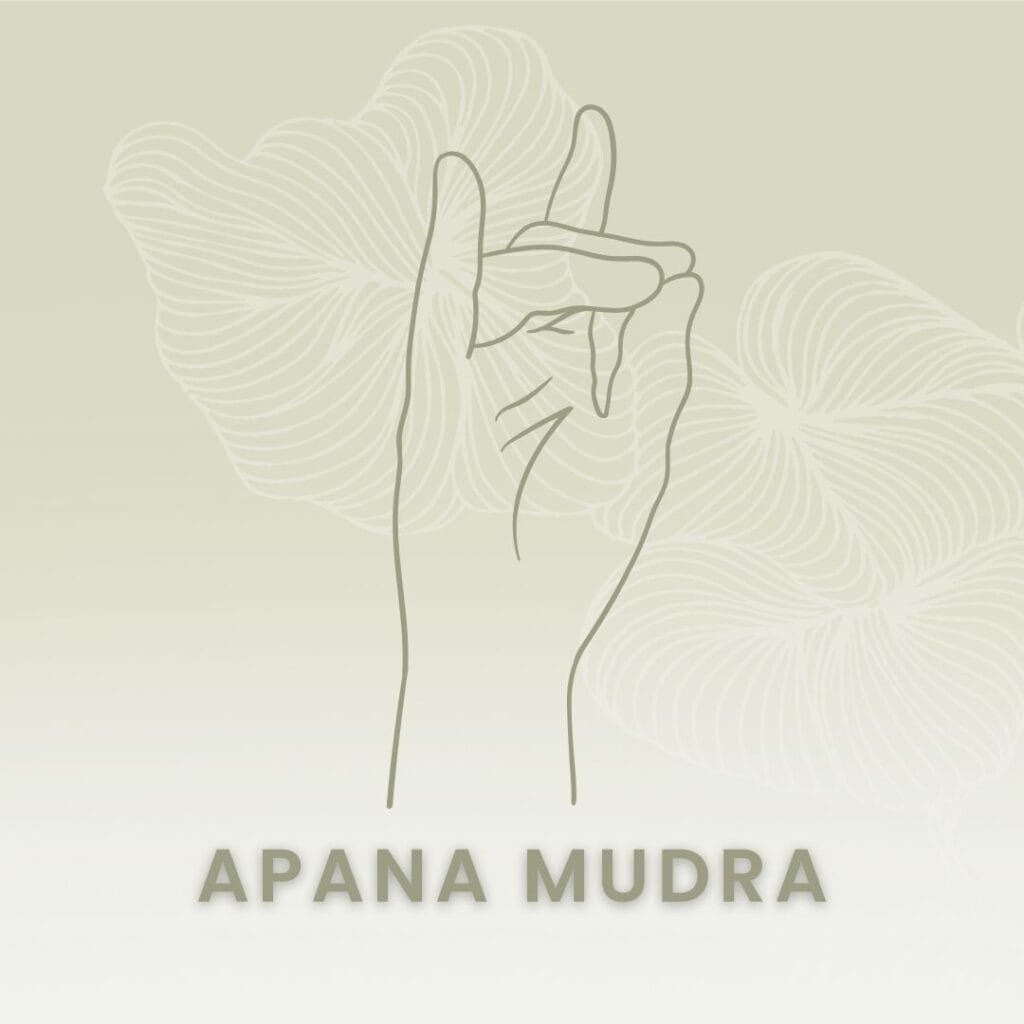
- Dhyana Mudra (Meditation Gesture)
Place hands in the lap, right hand over left, palms facing upward, thumbs lightly touching.
Benefits: Deepens meditation and encourages inner stillness.
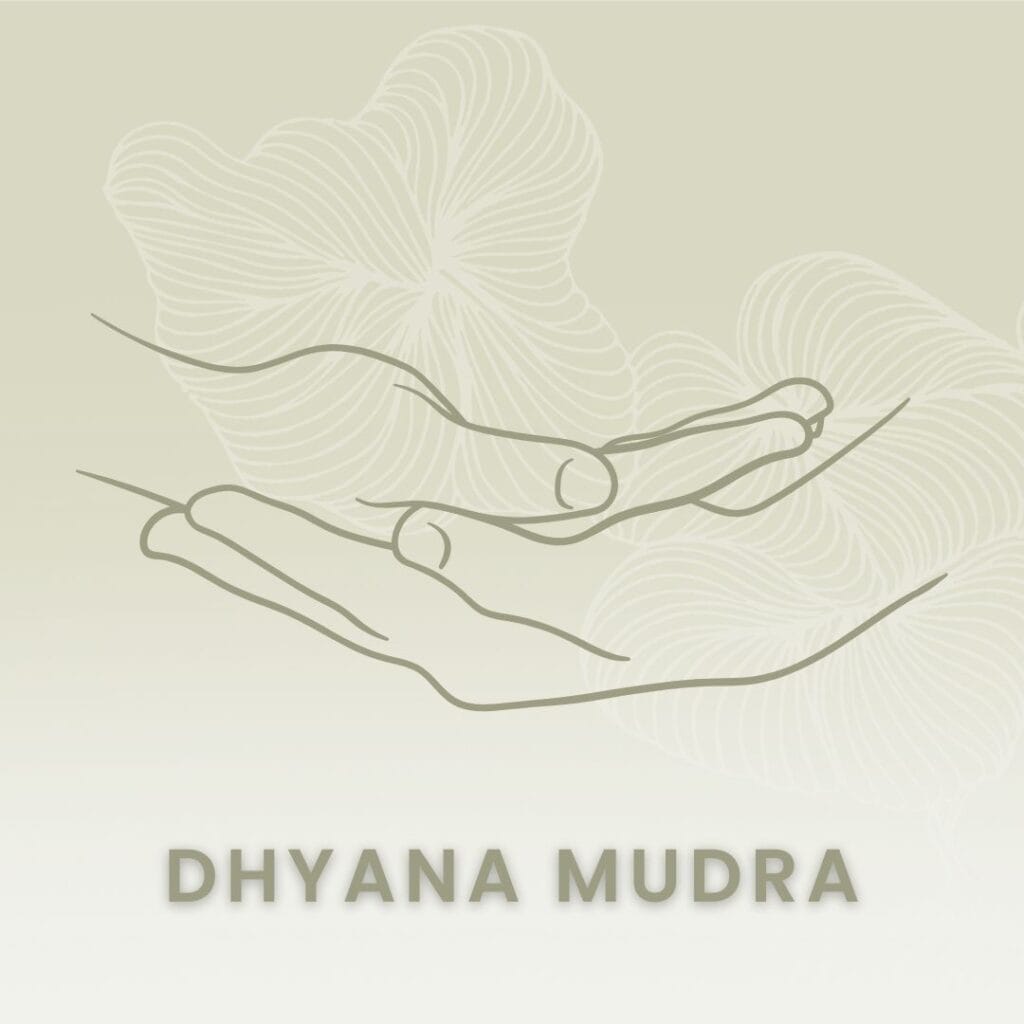
- Anjali Mudra (Prayer Gesture)
Press palms together at the heart center
Benefits: Promotes balance, gratitude, and unity; often used as a greeting (Namaste).
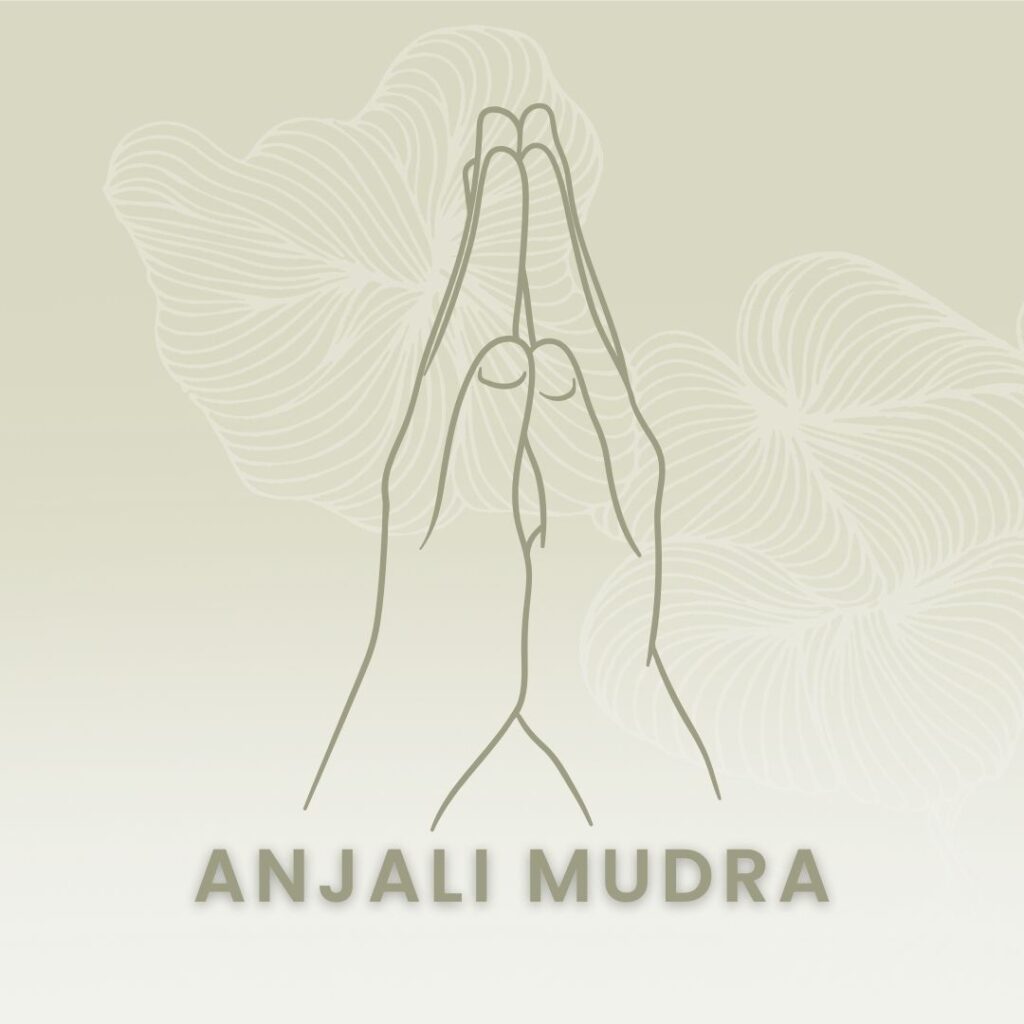
How to Integrate Mudras into Your Practice
Mudras can be practiced during seated meditation, pranayama, or even while holding certain yoga poses. Hold each mudra for 5–15 minutes while breathing deeply and focusing on the intended energy or intention. Over time, mudras can help cultivate awareness, enhance energy balance, and support your emotional well-being.
By exploring different mudras, you create a bridge between your outer physical practice and your inner energetic world, a key to experiencing yoga not just as movement, but as a holistic path to self-discovery.
การทำมุทรา (Mudra) ในโยคะ คือการใช้ท่ามือและนิ้วมือที่มีความหมายเชิงสัญลักษณ์ เพื่อช่วยนำพลังงานในร่างกายให้ไหลเวียนอย่างเหมาะสม เพิ่มสมาธิ และเชื่อมโยงร่างกาย จิตใจ และจิตวิญญาณเข้าด้วยกัน มุทรามีหลายแบบ แต่ละแบบมีจุดประสงค์ต่างกัน เช่น ช่วยสร้างสมาธิ ลดความเครียด เพิ่มพลังชีวิต หรือกระตุ้นการตื่นรู้
ตัวอย่างมุทราที่พบได้บ่อย ได้แก่ ญานมุทรา (Gyan Mudra) ช่วยเพิ่มสมาธิและความชัดเจนทางความคิด, อัญชลีมุทรา (Anjali Mudra) ส่งเสริมความสมดุลและความกตัญญู, และ ธยานมุทรา (Dhyana Mudra) ที่ช่วยให้การนั่งสมาธิสงบลึกขึ้น การฝึกมุทราสามารถทำร่วมกับการหายใจแบบปราณายามะ หรือขณะนั่งสมาธิ โดยถือท่านั้นไว้ 5–15 นาที พร้อมโฟกัสที่พลังงานและเจตนาที่ตั้งไว้
มุทราเป็นเครื่องมือเล็กๆ แต่ทรงพลัง ที่ช่วยให้การฝึกโยคะลึกซึ้งและครบมิติมากขึ้น ไม่เพียงแค่การเคลื่อนไหวร่างกาย แต่ยังเชื่อมโยงไปถึงการดูแลพลังงานและจิตใจของเราอย่างแท้จริง
